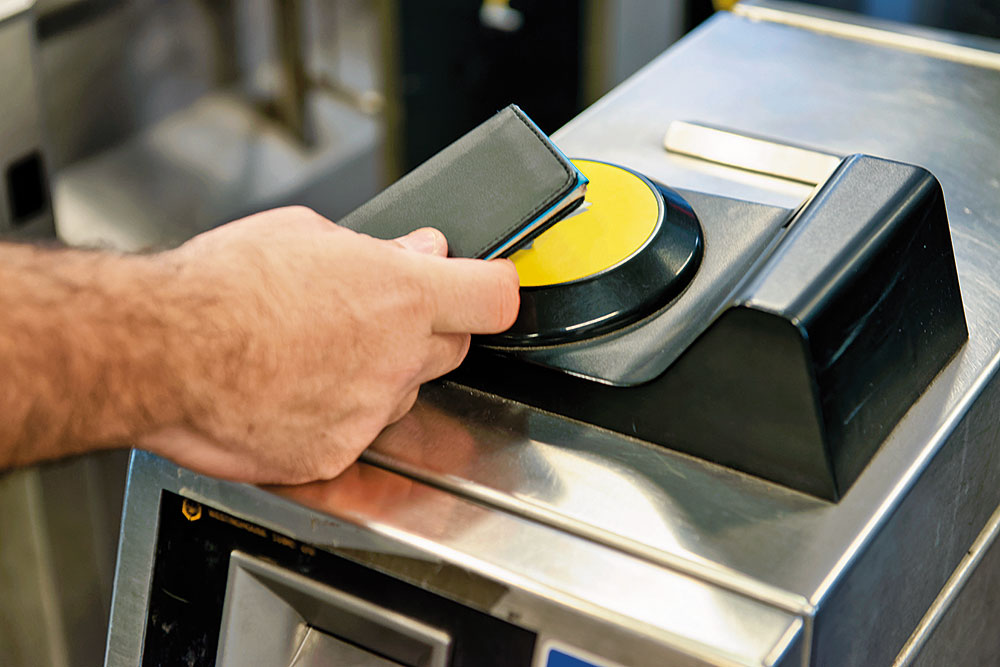The Reserve Bank of India (RBI) has recently introduced a measure aimed at simplifying payment methods for commuters across various public transport systems. According to the RBI statement, “To provide convenience, speed, affordability, and safety of digital modes of payment to commuters for transit services, it has been decided to permit authorised bank and non-bank PPI issuers to issue PPIs for making payments across various public transport systems.”
These instruments, known as prepaid payment instruments-mass transit systems (PPI-MTS), are set to change the way commuters manage their travel expenses.

What Are These?
- PPI-MTS enables authorised banks and non-banks to issue specialised PPIs for payment towards public transport.
- This will ensure that you can use one instrument for multiple transit systems, including toll and parking payments.
- These cards provide automated fare collection systems and are reloadable.
- Unlike traditional methods, it doesn’t mandate extensive know your customer (KYC) verification for signing up.
- These instruments have a capped limit of `3,000 and perpetual validity.

Are They Safe?
- RBI’s directive imposes stringent measures for PPI-MTS security and efficiency.
- There are restrictions on cash withdrawals, transfers, or refunds to avoid misuse or fraud.
- Provisions of Prevention of Money Laundering Act, 2002 (PMLA) and rules framed thereunder, as amended from time to time, shall be applicable to the PPI issuer, according to an earlier notification of RBI.
- The PPI issuer shall maintain a log of all the transactions undertaken using PPIs for at least 10 years. This data shall be made available for scrutiny to RBI or any other agency advised by RBI.

What Are The Benefits?
- Transactions are streamlined, doing away with the need to carry multiple payment instruments.
- Commuters can easily switch between different modes of transportation using the card.
- It is expected to promote the adoption of digital payment solutions.
- It will also promote financial inclusion by empowering all commuters and bridge the gap for underserved communities.
- It will facilitate participation from diverse segments, including those without formal banking documentation.








